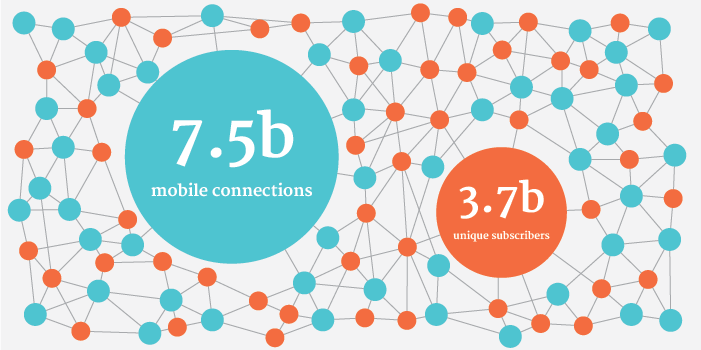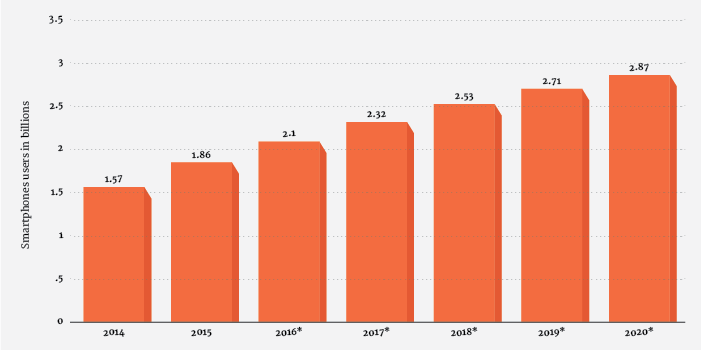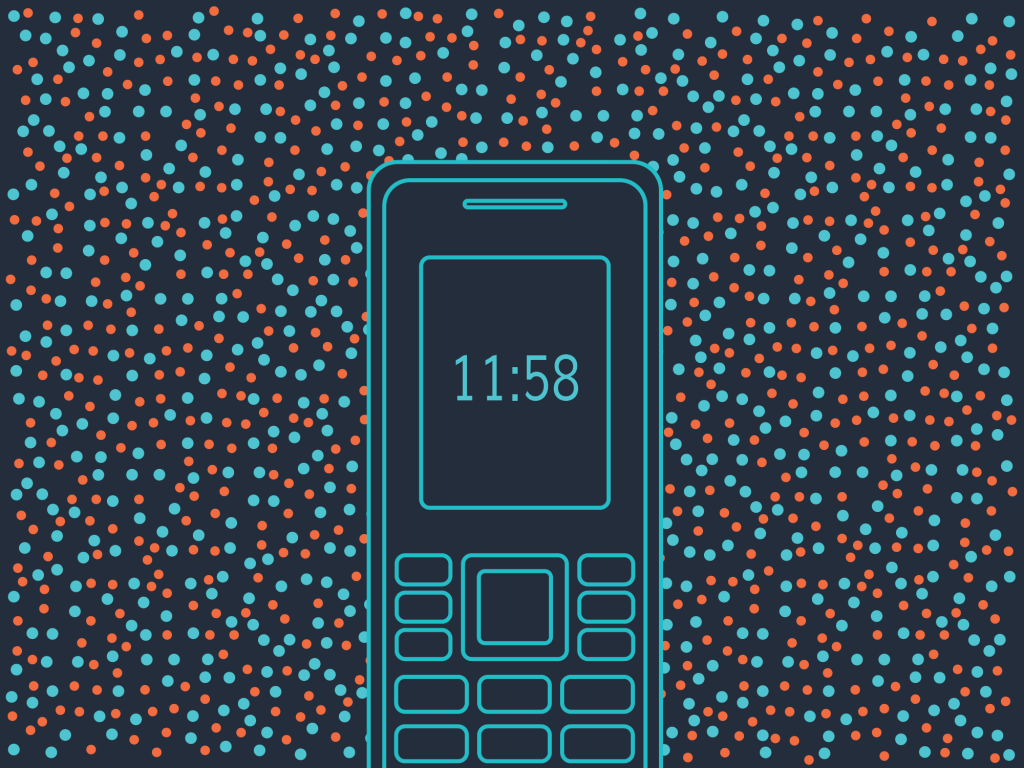SMS Device Dominance
And despite everything the smartphone industry proclaims about a looming extinction of feature phones, these simpler devices still dominate the mobile phone market in many developing countries. Yes, people are shifting from dumb to smart phones in most -- but not all -- countries, but where it’s happening the pace varies from one region to the next, according to eMarketer.
There are more SMS-capable mobile devices than people in the world, with subscribers having an average of two connected devices apiece, according to GMSA, the mobile provider industry alliance.
Why No Smartphone?
Bajarin polled feature phone users in the U.S. and when he asked why they didn’t own a smartphone, the most popular response was:They simply aren’t interested. They understand the benefits, they don’t find them too hard to use, they don’t want to be bothered by the costs and, when it comes right down to it, they don’t believe they are worth it… Most non-smartphone owners in our panel have owned their current feature phone for three or four years, and said they have no intention of replacing it for another two or three years... We can directly tie price paid… to usage of the product.. For a consumer who is very price-conscious, like the non-smartphone owner, they have no intention of using the increased capabilities so see no need to pay for it.
Free Phones
These devices are typically free when you sign up for a new cellphone contract and don’t require any data subscriptions. Sometimes the flip-phone users are truly strapped for cash and lack insurance coverage, but others are deliberately trying to tune out distractions or “go retro.” And a growing number actually use tablets for texting and apps, but use feature phones to make calls, according to Forrester Research, as cited by Time magazine. The larger pattern, of course, is that there are an estimated 7.5 billion mobile connections and 3.7 billion unique subscribers in the world, as tallied by GMSA, the mobile provider industry alliance. By that tally, just over half of the world’s population has a mobile device -- and each subscriber has an average of two devices.Not So Fast
Mobile phone companies are forecasting that the rest of the world might get mobile devices within the next three years. But that doesn’t necessarily mean that these adoptions will be smartphones -- especially when you look at other relevant trends. For starters, some of the cell phones are shared among more than one individual in emerging markets, with parties only being able to use the device part of the time, according to research by Pew Internet. Furthermore, 10% percent of the world still lacks access to basic voice and text services, while a third lack access to 3G or 4G mobile broadband Internet, according to the Computer Technology Association.Rural Areas
Most of the populations lacking coverage lie in rural regions in Asia and sub-Saharan Africa, “which together account for 3.4 billion of the 4.8 billion people not yet connected to the Internet,” said Computer Technology Association. “It’s worth noting that most of those cell phones in Africa are what we’d call basic or feature phones.”
About half of SMS mobile phone users might be smartphones, according to this RingCaptcha chart using data from Statista.


 Deliverability
Deliverability 

